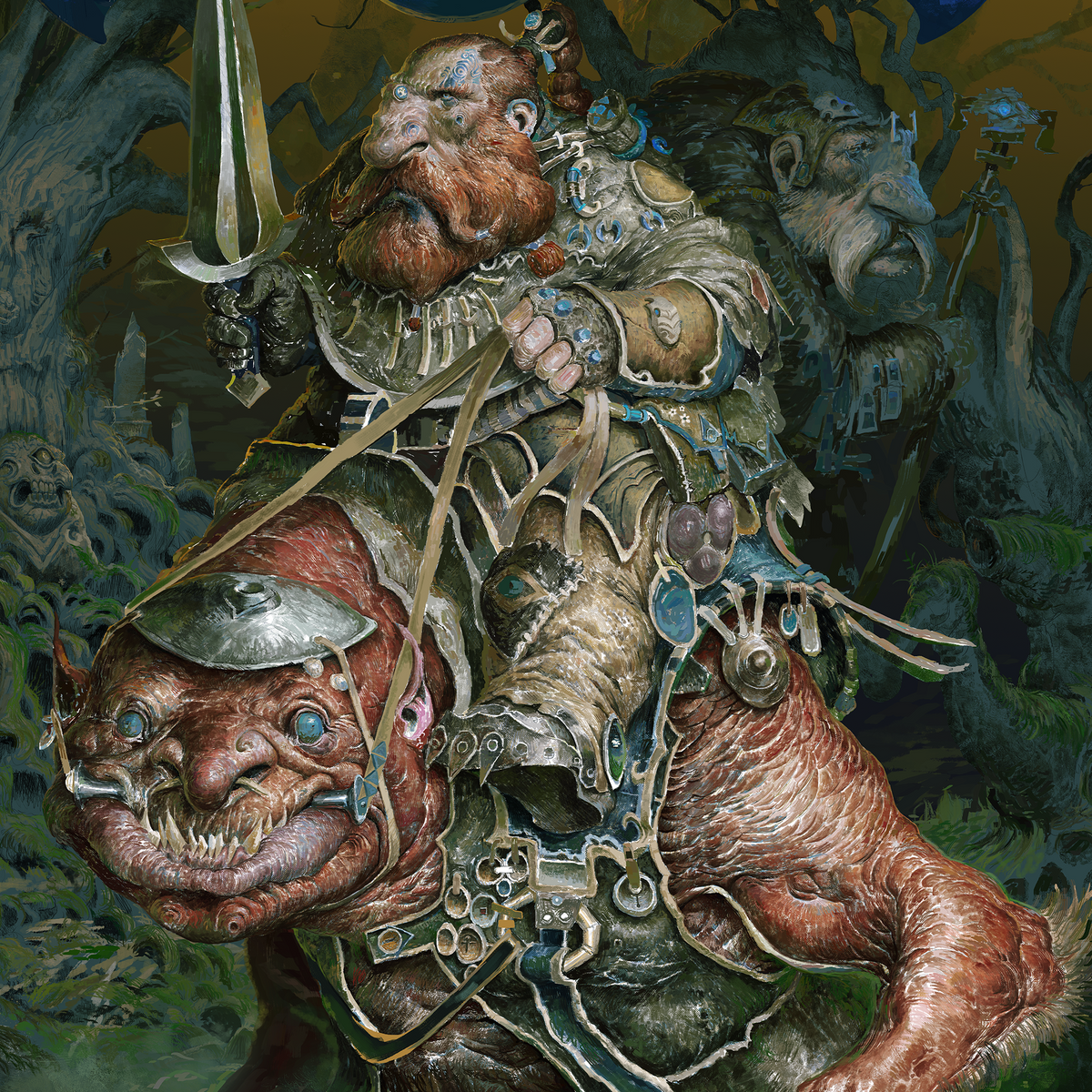In Starfinder ranged combat is more important and thus also is cover. And good look finding cover as large creature...It would be offset somewhat if they went back to size adjustments to AC. So, Large creatures would be easier to hit and Small creatures would be a harder to hit. Something even like a simple +1/-1 would be fine.
Anyway, there are a number of ways things could be done, but since any of them add more complexity to the system, I doubt we'll see them in anything 5E-inspired.
In D&D that usually less of a concern (no idea what the cover rules in 5E even are).





